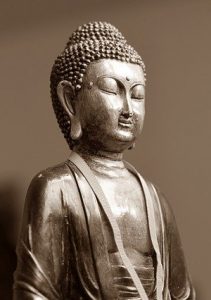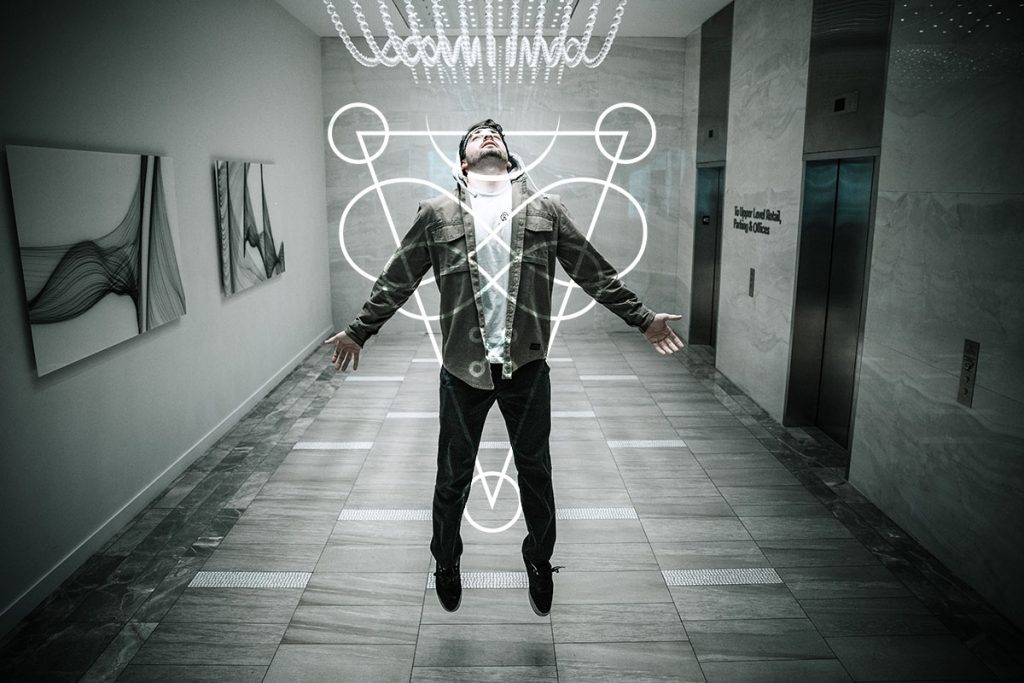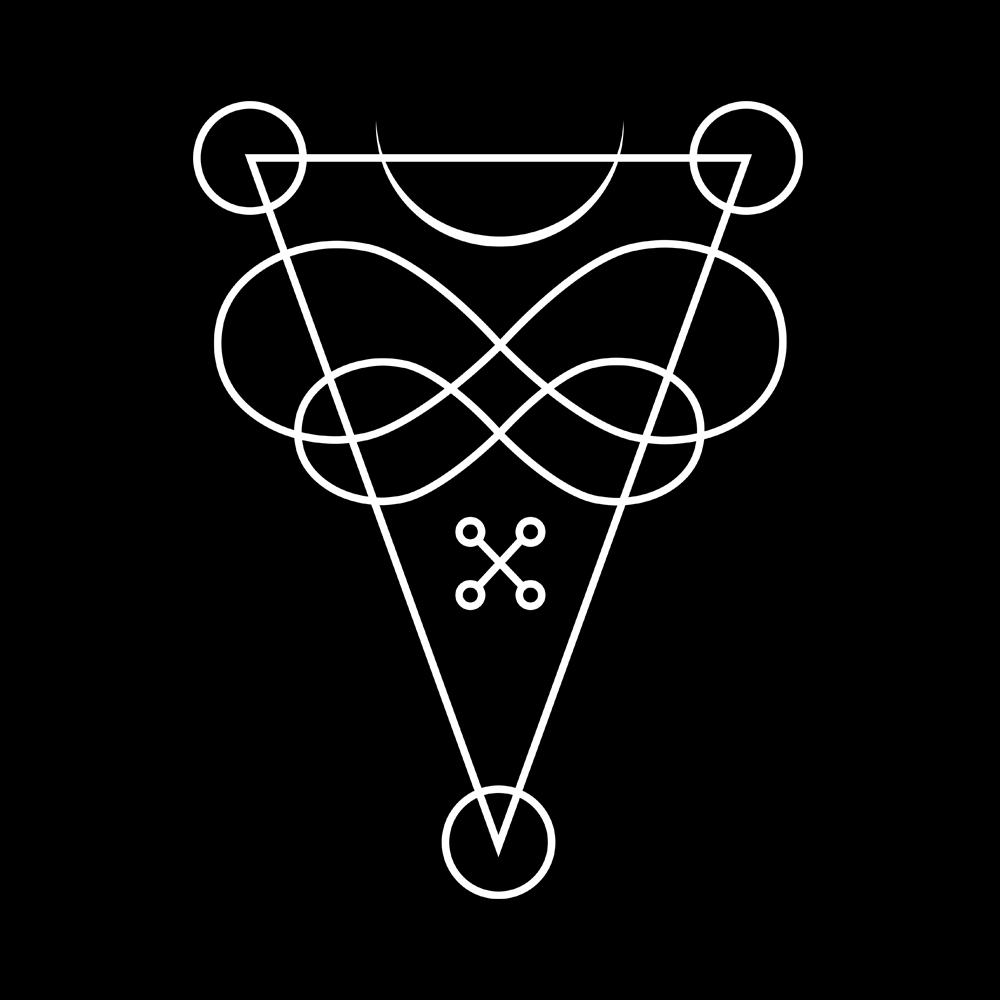Author: Diatrefuse Qwora
There have been many questions on where the Temple of Chrysalis (from hereon "the Temple") positions itself on the landscape of neo-religious movements in comparison to other such orders and religions (e.g. Thelema, the Temple of Set, etc.). This document aims to answer that question and to draw the spotlight on the differences between the Temple and other religious movements, as well as to identify the special unique distinctions that comprise the Temple's unique position among other movements. The synopses of other religions are simplistic for brevity (and to a fault). However, the aim is never to dismiss or derogate the other movements or religions but to underscore the individual positions the religions and similar movements inhabit in the modern sacroscape. If you feel we have treated your religion unfairly below, please contact us and suggest how we can portray it better.
<br>
Below, we list just a few religious or neo-spiritual movements and portray the main points in which the Temple of Chrysalis resembles them – and deviates from them in its own, unique spiritual system. While we concentrate on a few movements, the explanations illuminate the Temple's unique position in contrast to other such movements as well.

By Alex Microbe – Own work, CC BY-SA 3.0
On Abrahamic Religions vs. the Temple of Chrysalis
(Disclaimer: Although the Abrahamic religions and their branches differ immensely from each other, they are more alike than separate. From the viewpoint of the Temple, they are discussed as one group.)
Whether a branch of Christianity, Islam, or Judaism, Abrahamic religions can be considered the polar opposites of the Temple in most of their main tenets. As monotheist structures that emphasize living to their scriptures to attain a good afterlife, these religions tend to shun most of the virtues the Temple celebrates. Indeed, many of the main teachings of the Temple can be counted among the deadly sins of Catholic Christianity.
Likewise, none of the Abrahamic religions think well of personal hedonism, carnal pleasures, the use of magic, and so on. The Temple’s version of the golden rule of Christianity’s “Do unto others as you would have them do unto you” is “Do as you desire but bear the responsibility for your actions.”
On the Temple of Set vs. the Temple of Chrysalis
The Temple of Set is by its very nature a theistic (and monotheistic) organization, recognizing Set/Satan as a real and concrete god. Although its members include pantheists, monotheists, agnostics, spiritualists, and atheists, the Temple of Chrysalis is in principle set up as a non-theistic organization, recognizing no single living god and no single set (pun unintended) of living gods as something to be worshipped. Instead of a living god, the Temple of Chrysalis places its emphasis on the individual and their growth. It’s not important for a Chrysalid on whether there is a god or multiple gods or whether the gods are alive or dead: the existence of gods is just not of any relevance. The Chrysalids themselves are as gods, ascending towards subjective perfection through their lives. This makes the existence of external gods irrelevant. For a Chrysalid, the closest equivalent of gods are the Kaleidoscopes that are closer to spiritual ideas or abstract entities.
As spiritual movements, the Temple of Set and the Temple of Chrysalis share many features. In both, advancement within the temples is driven by participating in organizational responsibilities, but main advancement comes through personal development. However, for a member of the Temple of Set, Xeper is about strengthening the soul / their individual psycho-centric immortal part through self-discovery for the purpose of attaining afterlife (instead of being dissolved).
For a Chrysalid, thoughts on afterlife vary, and it in itself is a secondary concern. Instead, advancing and developing oneself in this life is the main driver. Attaining the Imago is the goal, not a tool for reaching that goal. One of the basic tenets of Chrysalis is “Live as if it was already part of your reality.” Even more importantly, imago in itself is not an end state for a Chrysalid. Instead, it is part of the great cycle of renewal, a significant milestone from which a Chrysalid will continue towards a new Imago, renewing and rebuilding themself on each successful rebirth in this life.
 On Thelema vs. the Temple of Chrysalis
On Thelema vs. the Temple of Chrysalis
(Disclaimer: There are many different interpretations of Thelema, some closer and some further away from Temple of Chrysalis.)
Thelema is an ego and will centric way of thought. Of all the systems in this article, Thelema is the one probably sharing the most similarities with the Temple of Chrysalis. Still, the symbolism and a different relationship and approach to occult differentiates them from each other. Thelema’s emphasis is more on the known and verified occult, whereas Chrysalis – even though exploring also the Old Ways – highlights creating new and practicing the so-called reality shaping. Also the kaleidoscopic system differentiates Chrysalis from Thelema.
In Thelema, true will is the main calling of one’s life, a final goal to attain and be: one grand destiny in life. True will doesn’t necessitate actual desire for something: it’s the great destiny within the universe and one’s deepest wants and needs. The importance is in one learning the True Will and getting rid of any false needs that stand in the way or disguise themselves as part of the True Will. While the Pillars of Morality in the Temple of Chrysalis may resonate with the followers of Thelema and while the Thelemite Book of Law might well resonate with some Chrysalids, the differences of thought are vivid.
While the Temple of Chrysalis is similarly dedicated to personal development, for a Chrysalid, there is no single grand destiny that can be reached for step by step: instead, the Imago can be reached via multiple stages of development and metamorphosis, and the process is cyclic, meaning that the Image stages are many. You can reach towards your Imago as an artist, and on emerging from your Chrysalis, start another personal journey. The Temple emphasizes on the journey, not the destination, while Thelema emphasizes slightly more the destination and the journey as means of attaining it. Yet, both systems understand that initiation is not just a ritual; it is a far deeper concept in one’s magical journey.
On the Church of Satan vs. the Temple of Chrysalis
(Disclaimer: Of course there are many cults and subdivisions and differing churches born based on LaVey’s Church of Satan; the below does not apply to all of them)
On paper, the Church of Satan shares many core beliefs with the Temple of Chrysalis: despite its name, the Church of Satan emphasizes atheism (albeit in a skeptical way), individualism and individual pride, reason and curiosity, force of will, and individual growth. All of these are important in the Temple of Chrysalis, up to the point that they are mandatory requirements for a Chrysalid to reach their Imago state. Likewise, the Church of Satan recognizes belief in its doctrine as an alignment and as a lifestyle – a doctrine that guides and informs the ways of life of its followers, not a blind set of faith to be followed without reason. In this, the teachings of the Temple of Chrysalis are nearly identical. Even the views on systematic magic are very close to each other. The Church of Satan’s view on greater magic as ritualistic practice and psychodramatic catharsis aimed at concentrating one’s emotional energies – and lesser magic as applied psychology and will – can be seen as viewing the same system as the Temple of Chrysalis with just a slightly different lense. For both movements, pragmatic and practical override the dogmatic: “What works, works.” Likewise, the views on indulgence and hedonism match.
The focal difference in the philosophies of the Church and the Temple is in how they view individual evolution in life. For the Church, individual evolution is continuous and based on the will of the person. For the Temple, the first tenet is that the culmination of evolution is not one lifetime: it is the path one takes to reach one’s Imago state – and the path does not end there. Instead, reaching Imago is a zenith, not the zenith. It is a step on a staircase, not the ceiling. It is the point when the individual’s universe contracts, the Big Crunch in which all the galaxies, suns, planets, and stardust of one’s existence return home, into a single fulfilled point of being that is ready for the next Big Bang, ready to start its journey into the next Imago. Secondly, while the Church believes the path to evolution is purely individual, for the Temple, an individual’s evolution is benevolently guided along their kaleidoscopic path, providing personality based paths and archetypes to ease finding one’s Imago.
 On Buddhism vs. the Temple of Chrysalis
On Buddhism vs. the Temple of Chrysalis
Although the casual observer may think they are similar, Buddhism and the Temple are polar opposites in practically all their thinking. In Buddhism, the suffering of mankind is caused by man’s needs and wants, and the main goal of a spiritual person is to let go of these needs. In the Temple, suffering is caused by people not daring to reach and grasp for what should be theirs. For a Chrysalid, the needs and wants should be celebrated, explored, and enjoyed – not shunned or rejected. Chrysalis accepts that suffering can be a force for good – you learn through suffering, and when there is a chance, you can learn through it.
For a Buddhist, the main goal is to learn to let go of the cycle of life and pain, to remove the excess of pleasure and material comforts. For a Chrysalid, the main goal is to live life to its fullest, so that on your deathbed, you can look back and see that you have taken every chance, enjoyed every moment, and grown to be what you wanted to be. Life is a wonderful gift and squandering it by rejecting life’s gifts and the pleasures of existence makes a Chrysalid shudder. Where a Buddhist aims to deny their primitive needs, a Chrysalid recognizes them and learns to make them their servant, not their master.
On Neo-Pagans / Wicca vs. the Temple of Chrysalis
(Disclaimer: Due to the humongous number of differing Neo-Pagan and Wiccan beliefs, the synopsis below is very simplistic)
It is inevitable that any new spiritual movement will be compared to Neo-Paganism or Wicca at some point. Though there are so many different forms of Neo-Paganism and Wiccan religions and spiritual movements as to it being unfair to group them into a single entry here, there are some unifying distinguishing features shared by most of them. Today, the most noteworthy of these are naturalism (especially in the form of harmony with nature) and the attempted reconstruction (though modernized) of old, typically pre-christian, region-specific beliefs. Most such movements are polytheistic or pantheistic, though there are monotheistic or purely spiritual atheistic or agnostic variants.
Though the Temple of Chrysalis is close to many Neo-Pagan and Wiccan branches in the respect of nature and somewhat aligned on the basics of how magical thought works, the similarities are fewer than the differences. The Temple emphasizes the individual, celebrating existence and evolution in this life. The Temple, while respecting nature and ecology, does not disregard modern advances in science, technology, and thought, but on the contrary, seeks and utilizes them. The Temple sees benevolent hedonism and joy desirable, and celebrates individual growth in our modern, technology driven society as well as in a rural setting. Also, to contrast with the typical theistic natures of these movements, the Temple is a non-theistic spiritual movement.
Chrysalis does not accept the division of magic into a dichotomy of polar opposites, black and white. Magic is magic. And magic is psychology. And science. And it is magic. The Temple recognizes the nuances of magic and that some magic can be inherently harmful, but Chrysalids do not condemn this as “Black Magic.” Instead, Chrysalids are taught to do as they will but bear the responsibility of their own actions.
The Distinguishing Characteristics of the Temple of Chrysalis
As can be seen above, the Temple has synergetic similarities with many other new religious or spiritual movements, and it is easy to find common discussion ground with the others. Even so, all of these movements focus on different methodologies, approach magic and individuality from differing perspectives, and view the world and the priorities of faith and spirituality from different angles, via different lenses, and through different methods, forming their own unique systems.
In essence, the Temple of Chrysalis is a non-theist spiritual movement that emphasizes individual growth, functional psychodramatic and empathetic magic, the joys of life, and communal individuality. For the Temple, an unique angle is in the nature of the Imago. Reaching Imago is the goal of every Chrysalid, but it is not a single, life-long goal. Instead, it is a life-cycle of its own, a self-contained universe of possibilities and paths, culminating in all of those possibilities and paths converging into a single point of light – from which a journey to a new Imago can start forming. While the journey to Imago is a completeness in itself, it is not just the end, but the celebrated, glorious culmination and a new start all at once.
As most of the movements above teach us, personal perfection is a goal to strive to, but can never be fully reached. As the Temple of Chrysalis teaches us, while full personal perfection cannot be reached, states of personal perfection are attainable – and they are the touchstones to new journeys.
The second unique angle lies in the Temple’s use of kaleidoscopes to help initiates understand themselves deeper – and to provide paths the followers can take to ease their ways towards their Imagos. Kaleidoscopes are mechanisms for both personal reflection and growth: understanding your personality and inner self are powerful tools to help you grow as a person and to burst out of your cocoon as a better individual.

In Conclusion
This small guide is not meant to prove that the Temple is a superior system in comparison to other movements. Indeed, if reading this piqued your curiosity or led you to feeling that some of the other movements we mentioned would suit you the best, we celebrate that! Go on, read more about the movement, and if it really meets your needs, approach them!
Likewise, if you feel more curious about the Temple of Chrysalis, indulge in your curiosity and approach us – it might be a decision that will change your life.








No comment yet, add your voice below!